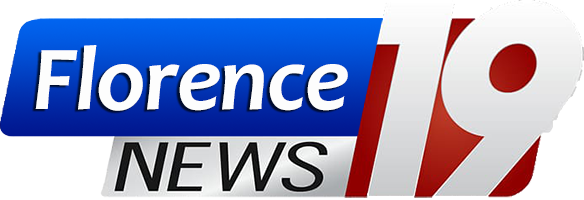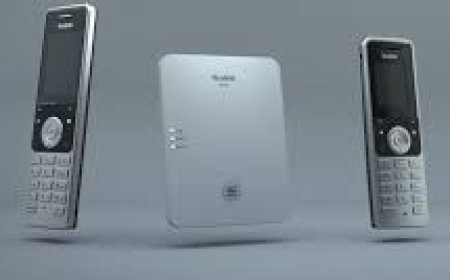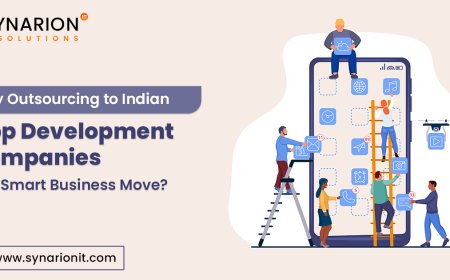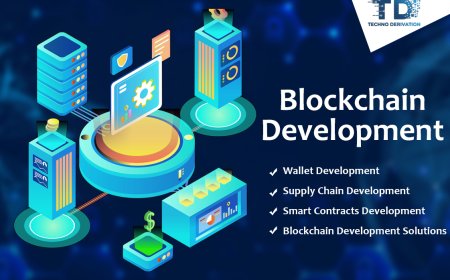The Complete Guide to Neurodiagnostics: From aEEG to AI-Powered EEG Software
neurology software
The human brain is a complex organ, and understanding how it works is one of the greatest challenges in medicine. Over the years, neurodiagnostics has advanced from basic observation techniques to highly specialized tools that allow clinicians to analyze brain function with great precision. Among these innovations, the evolution of EEG technologyespecially through platforms like Neuromatch and modern neurology softwarehas opened new doors in diagnosing and treating neurological conditions.
This guide provides a clear, step-by-step explanation of neurodiagnostic tools, from amplitude-integrated EEG (aEEG) to the latest in artificial intelligence-driven analysis.
What Is Neurodiagnostics?
Neurodiagnostics is the field of medicine that focuses on diagnosing and monitoring disorders of the nervous system. It includes tests that record and evaluate brain activity, spinal cord signals, and nerve function.
Common uses of neurodiagnostics:
-
Detecting seizures and epilepsy
-
Assessing head injuries or strokes
-
Diagnosing sleep disorders
-
Monitoring brain development in newborns
-
Guiding neurosurgery and rehabilitation
These diagnostic tools provide data that help neurologists understand how well the brain and nervous system are working.
Understanding aEEG: A Simpler, Long-Term View
Amplitude-integrated EEG (aEEG) is a simplified form of EEG commonly used in neonatal intensive care units (NICUs). It compresses EEG data into an easy-to-read trend line, allowing doctors to monitor brain activity over several hours or even days.
Key features of aEEG:
-
Compact display for bedside monitoring
-
Helps identify seizures in newborns
-
Useful in tracking brain development
-
Supports decision-making for early treatment
Though not as detailed as full EEGs, aEEG is ideal for continuous monitoring when quick pattern recognition is more valuable than in-depth waveform analysis.
Full EEG: The Foundation of Brain Monitoring
The traditional electroencephalogram (EEG) remains the gold standard for analyzing electrical activity in the brain. Electrodes placed on the scalp record brainwaves in real time, helping to diagnose various conditions.
EEG is especially helpful for:
-
Confirming epilepsy and seizure disorders
-
Studying brain activity during sleep
-
Diagnosing tumors or brain injuries
-
Monitoring effects of medications on brain function
Modern EEG devices often include video monitoring to correlate physical behavior with brainwave changes. This combination improves diagnostic accuracy and leads to more targeted treatment.
Portable and Ambulatory EEG
Portable EEG systems allow patients to continue normal daily activities while their brain activity is recorded over 24 hours or more. Ambulatory EEG is useful when symptoms are unpredictable or triggered by daily routines.
Benefits of portable EEG:
-
Records brain activity during real-life situations
-
More comfortable than in-hospital testing
-
Increases the chance of capturing rare events
-
Supports long-term monitoring for better insights
When paired with advanced neurology software, ambulatory EEG becomes a powerful tool for both clinical diagnostics and neurological research.
The Role of Neurology Software in Modern Diagnostics
The advancement of neurology software has transformed how EEG data is interpreted. These platforms allow clinicians to visualize, filter, and analyze complex brainwave patterns more efficiently than ever before.
Key capabilities of modern software:
-
Real-time signal visualization
-
Artifact detection and removal (e.g., blinking, muscle movement)
-
Automatic event tagging (such as seizure detection)
-
Advanced data filtering and frequency analysis
-
Report generation for clinical documentation
Some platforms integrate AI to recognize subtle patterns that humans might miss. This not only speeds up diagnosis but also increases reliabilityespecially in settings where neurologist availability is limited.
Neuromatch: AI Meets Neurodiagnostics
Neuromatch is a leading example of how artificial intelligence is shaping the future of brain diagnostics. It focuses on analyzing EEG data using machine learning models that can learn from vast amounts of brainwave recordings.
What makes Neuromatch unique:
-
Uses AI to detect and classify neurological events
-
Enables personalized tracking of brain activity over time
-
Supports digital brain models for simulation and prediction
-
Integrates with wearable and remote EEG devices
By using Neuromatch, clinicians and researchers can create customized brain health profiles for each patient. This level of personalization is a major step toward precision neurology.
Integrating AI with EEG: Toward Predictive Diagnostics
AI-powered systems are no longer just tools for diagnosistheyre becoming essential for prediction and prevention. Machine learning models trained on large EEG datasets can recognize early warning signs of conditions like:
-
Epilepsy
-
Alzheimers disease
-
Sleep disorders
-
Traumatic brain injuries
-
Depression and anxiety disorders
This predictive power allows neurologists to act before symptoms worsen, improving outcomes and reducing healthcare costs.
Real-World Applications of Advanced Neurodiagnostics
From hospitals to research labs, modern neurodiagnostic tools are being applied in several impactful ways:
-
Neonatal care: aEEG is used to monitor premature infants for signs of brain injury
-
Emergency medicine: Portable EEGs help quickly assess brain function in trauma cases
-
Mental health: EEG and AI tools support personalized treatment plans for anxiety, ADHD, and depression
-
Tele-neurology: Remote EEG monitoring enables specialists to diagnose patients in rural or underserved areas
-
Rehabilitation: EEG feedback helps track recovery progress after strokes or surgeries
All these applications rely on a combination of reliable hardware and intelligent neurology software, forming the backbone of 21st-century brain care.
Conclusion
Neurodiagnostics has come a long wayfrom basic brainwave readings to AI-powered predictive tools. With innovations like aEEG, portable EEG systems, and advanced platforms such as Neuromatch, healthcare professionals now have deeper insights into brain function than ever before.
As technology continues to evolve, the role of neurology software becomes even more important. It bridges the gap between raw data and meaningful diagnosis, empowering doctors to deliver faster, more accurate, and more personalized care. For patients and practitioners alike, the future of brain health is brighter, smarter, and more connected.











































